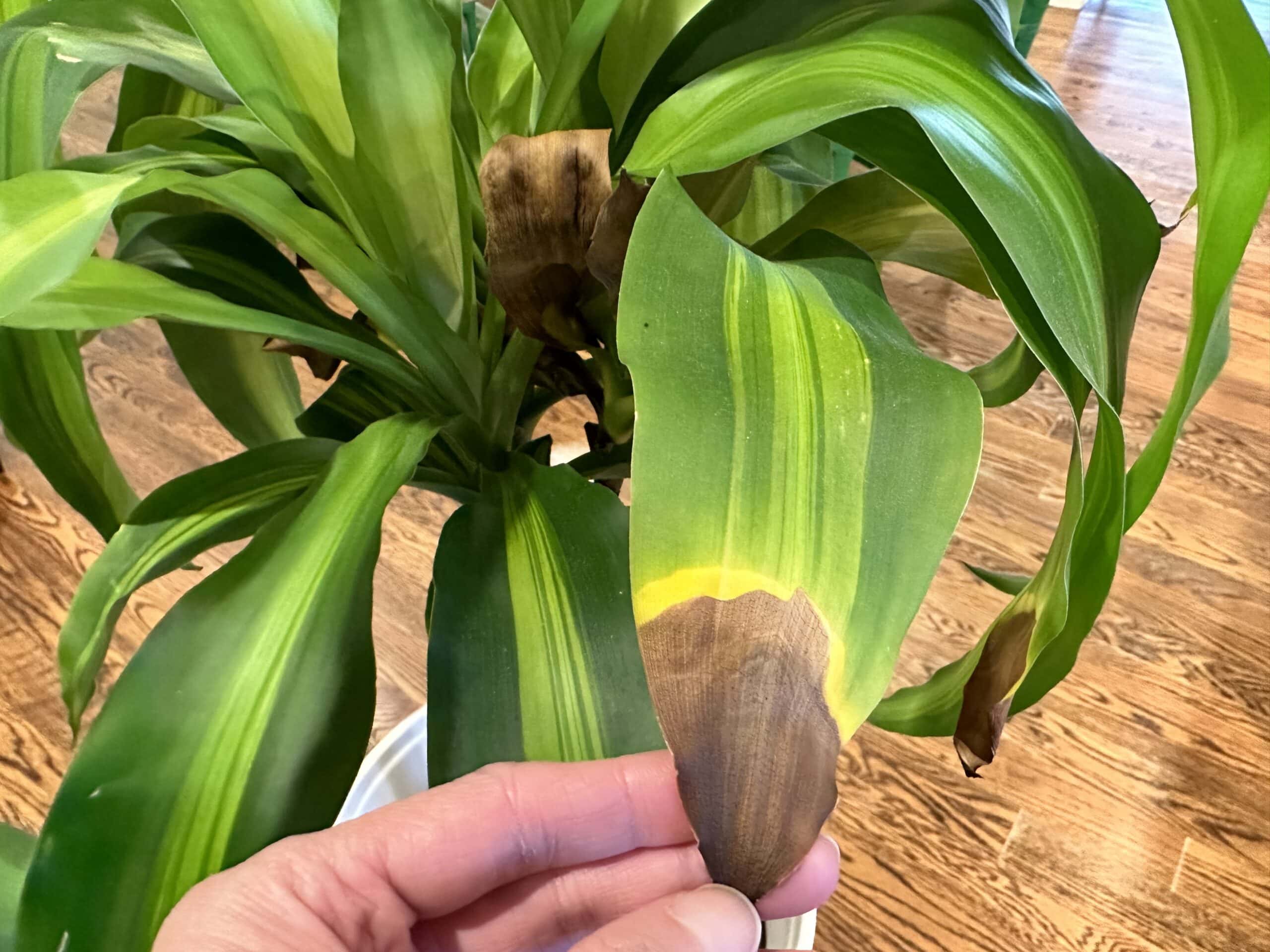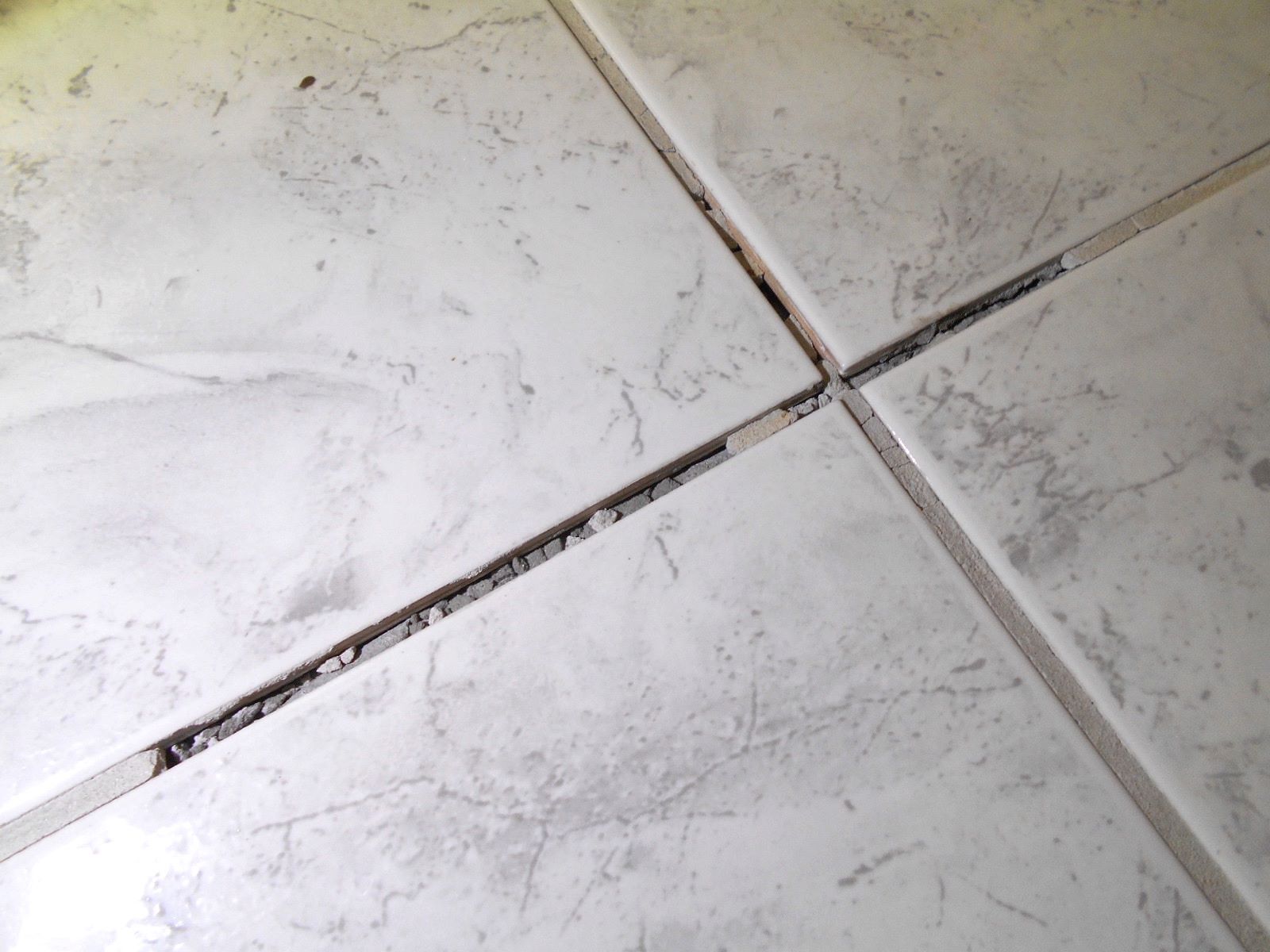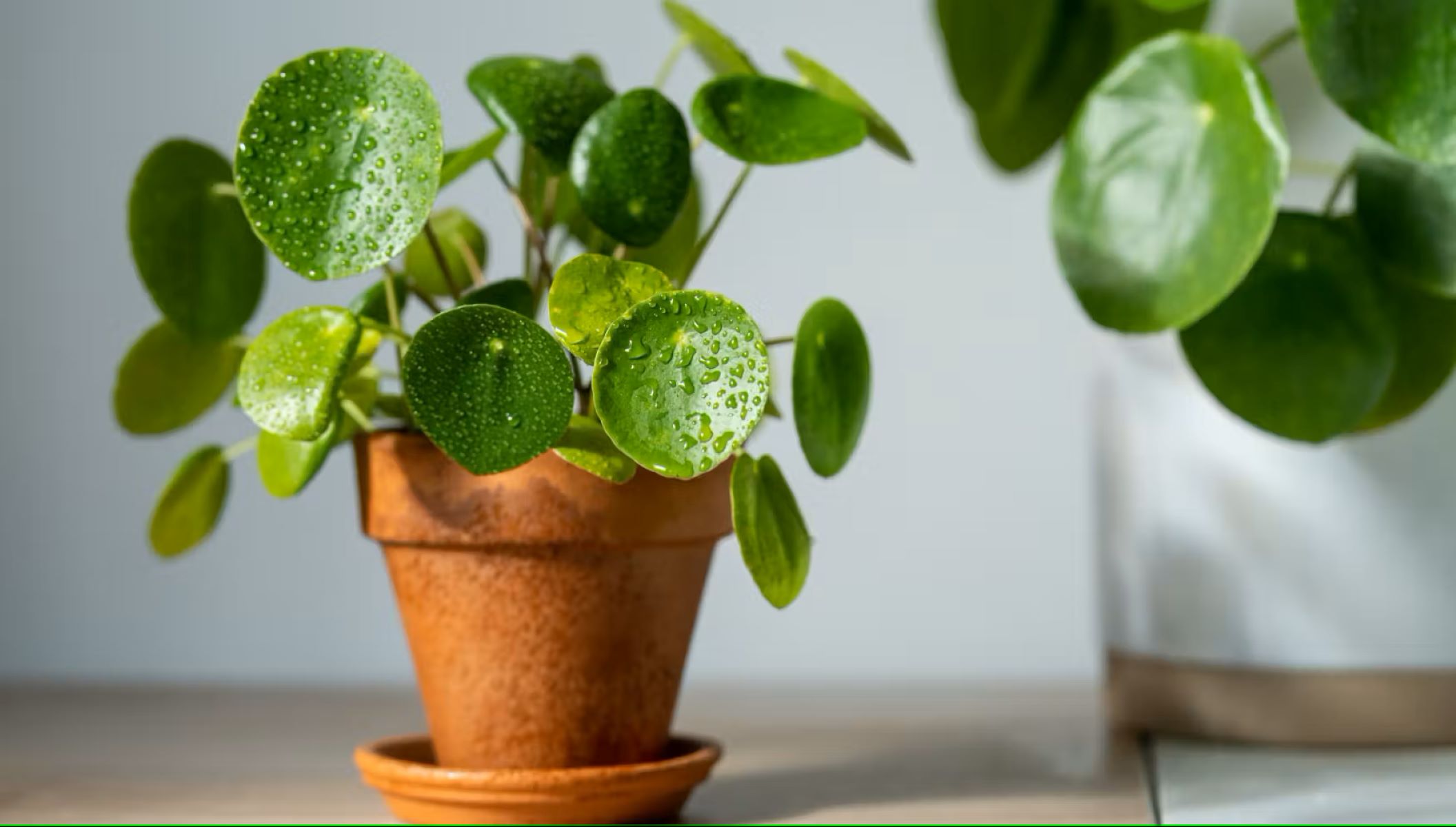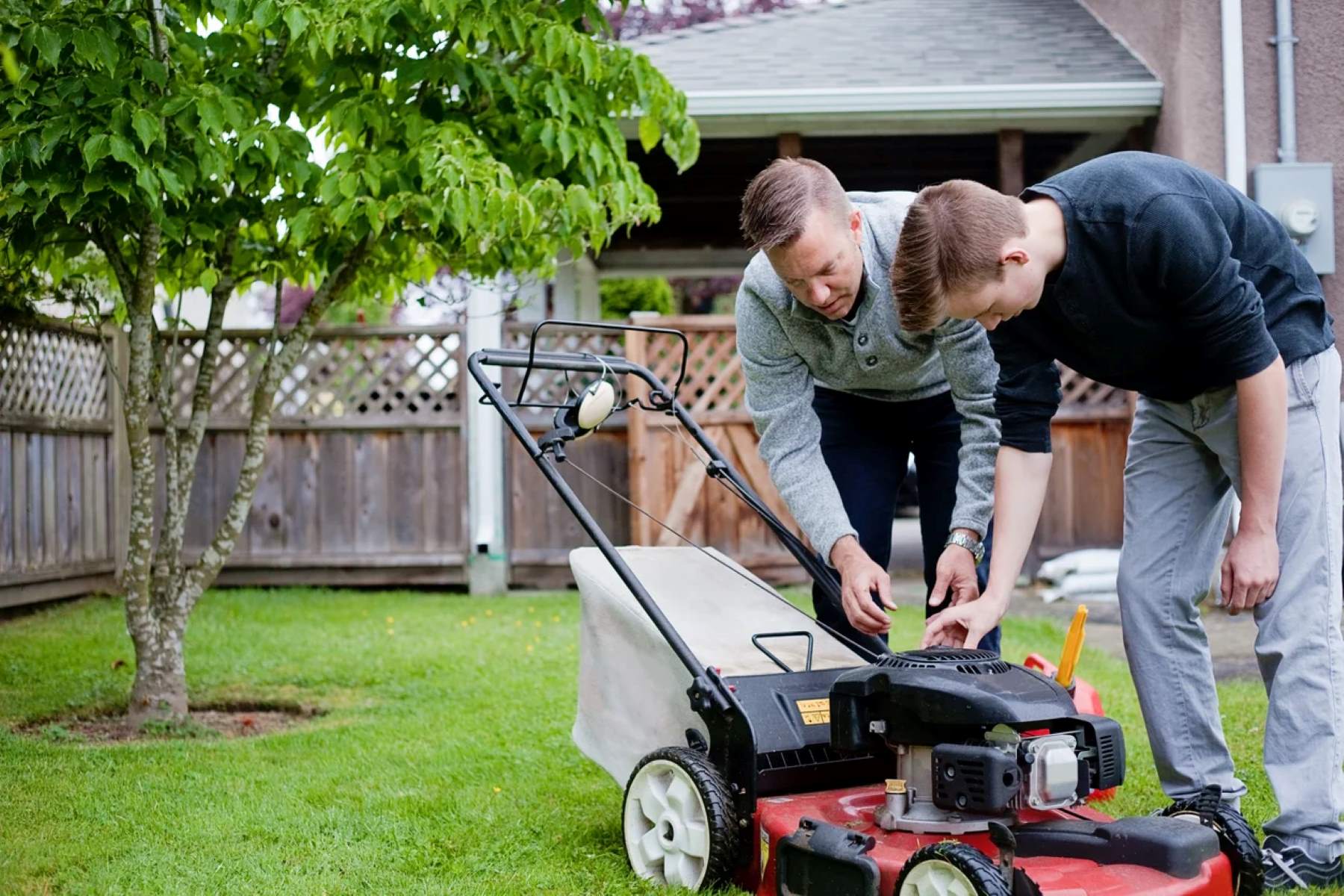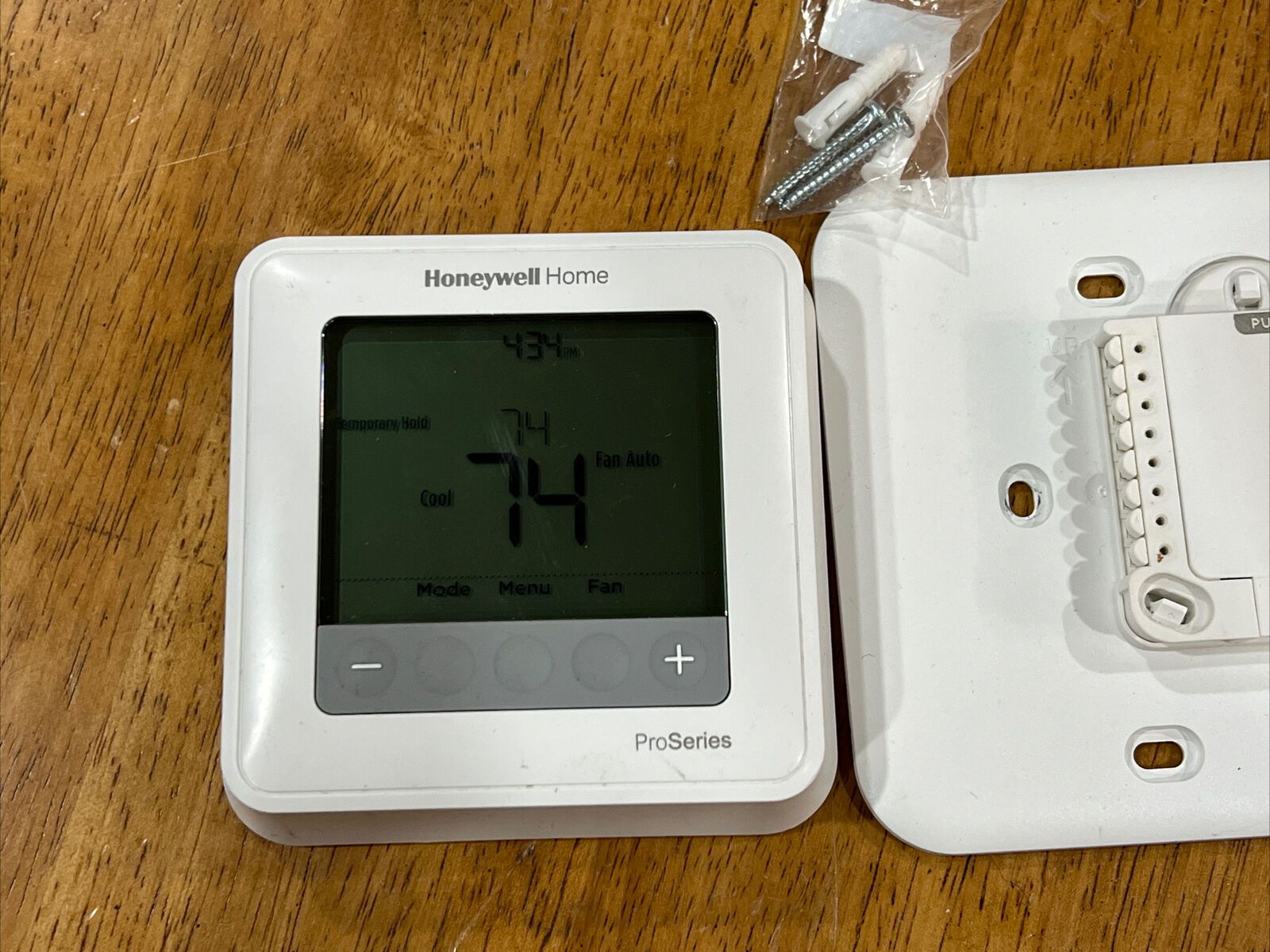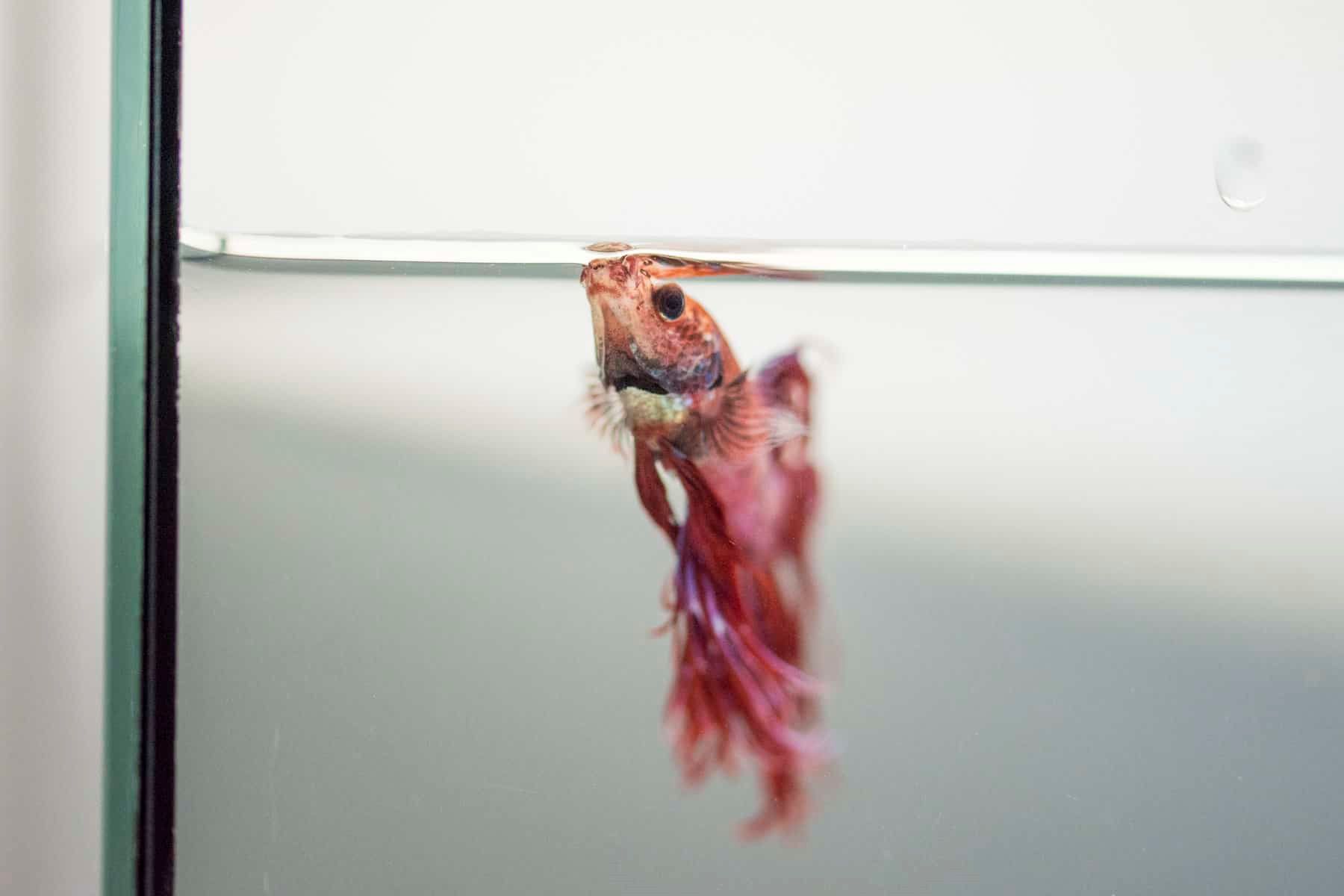Home>Home and Garden>Revive Your Dying Money Plant With These Simple Tips!
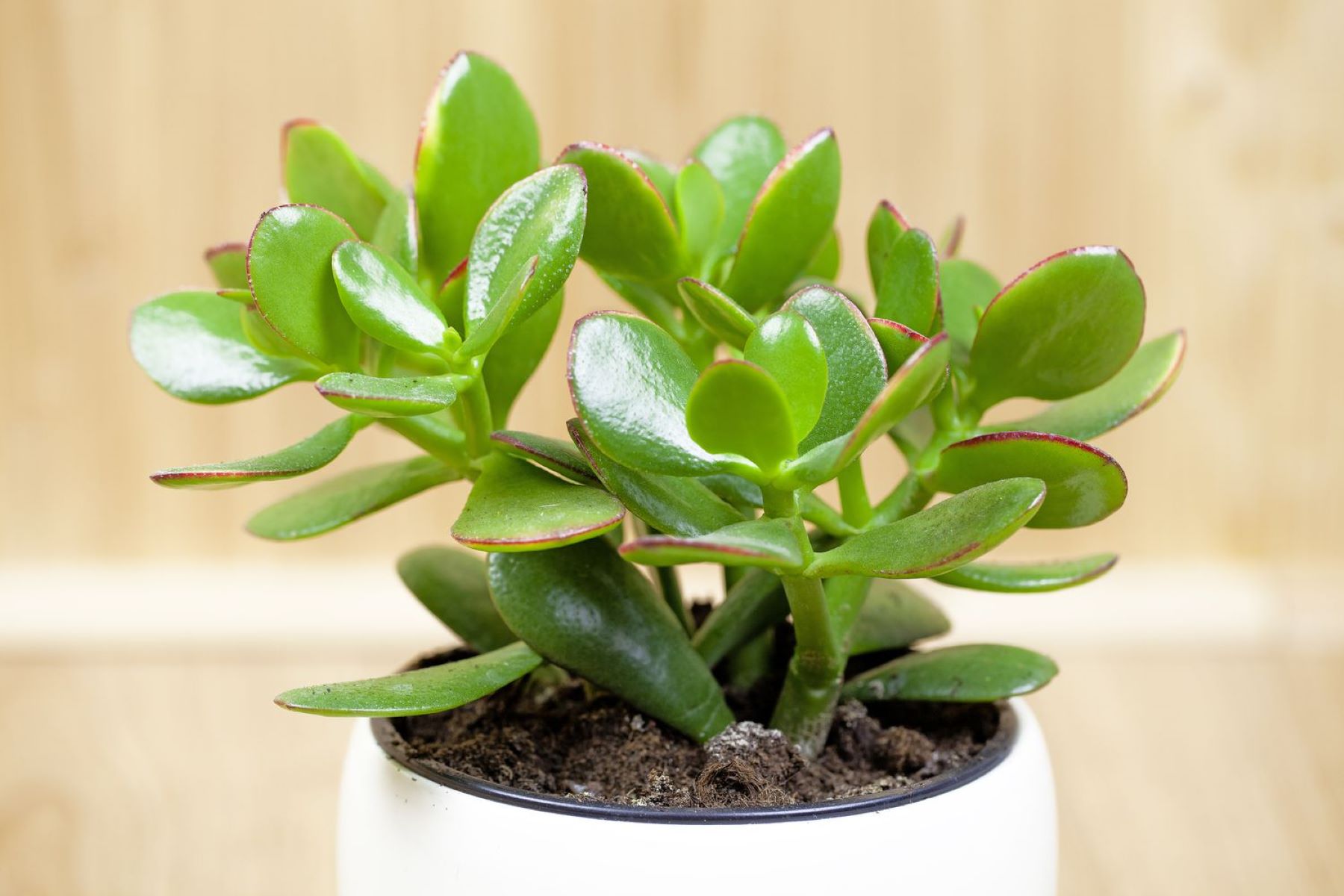

Home and Garden
Revive Your Dying Money Plant With These Simple Tips!
Published: January 15, 2024
Revitalize your money plant with our expert home and garden tips. Learn simple techniques to revive your dying money plant and bring it back to life!
(Many of the links in this article redirect to a specific reviewed product. Your purchase of these products through affiliate links helps to generate commission for Regretless.com, at no extra cost. Learn more)
Table of Contents
Introduction
Are you worried about your money plant wilting and losing its luster? Don't despair! With the right knowledge and care, you can revive your dying money plant and restore its vibrant green foliage. Money plants, also known as Pothos or Devil's Ivy, are popular indoor plants renowned for their resilience and air-purifying properties. However, even these hardy plants can struggle and show signs of distress if not given proper attention.
In this comprehensive guide, we will delve into the intricacies of reviving a dying money plant, providing you with valuable insights and practical tips to breathe new life into your beloved green companion. Whether you're a seasoned plant enthusiast or a novice gardener, understanding the common issues affecting money plants and learning how to address them effectively is essential for nurturing thriving indoor greenery.
So, if you've noticed your money plant looking lackluster, with drooping leaves and faded color, it's time to take action. By following the expert advice and actionable strategies outlined in this article, you'll be well-equipped to embark on a journey of plant rejuvenation and witness your money plant flourish once again. Let's embark on this revitalizing botanical adventure together and unlock the secrets to rescuing your precious money plant from the brink of decline.
Understanding the Money Plant
The Money Plant, scientifically known as Epipremnum aureum, is a versatile and low-maintenance plant that has earned a special place in homes and offices around the world. This evergreen vine belongs to the Araceae family and is native to the Solomon Islands. Its popularity stems from its robust nature, attractive foliage, and air-purifying capabilities, making it a favored choice for both experienced gardeners and beginners.
One of the most distinctive features of the Money Plant is its heart-shaped, glossy leaves, which can vary in color from vibrant green to variegated shades of green and yellow. Its trailing vines and the ability to thrive in various light conditions make it an ideal indoor plant for adorning shelves, hanging baskets, or cascading from elevated surfaces. Furthermore, the Money Plant is renowned for its resilience and adaptability, thriving in a wide range of temperatures and tolerating occasional neglect.
In addition to its aesthetic appeal, the Money Plant is celebrated for its air-purifying properties, effectively removing toxins such as formaldehyde, benzene, and xylene from indoor air. This makes it a valuable addition to any living or working space, contributing to a healthier and more vibrant environment.
When it comes to care, the Money Plant is relatively undemanding, requiring moderate watering and indirect sunlight. Its ability to thrive in low-light conditions further adds to its allure, making it an excellent choice for areas with limited natural light. With minimal care, the Money Plant can flourish and grow vigorously, adding a touch of greenery and vitality to any setting.
Understanding the innate characteristics and unique attributes of the Money Plant is crucial for effectively nurturing and maintaining its well-being. By familiarizing ourselves with the intricacies of this beloved plant, we can better appreciate its resilience and adaptability, laying the foundation for successful care and cultivation.
In the subsequent sections, we will explore the signs of a dying Money Plant and unveil actionable tips to revive and rejuvenate this cherished botanical companion. Let's embark on this enlightening journey to unlock the secrets of nurturing and revitalizing the magnificent Money Plant.
Signs of a Dying Money Plant
Recognizing the signs of a dying money plant is essential for prompt intervention and effective revival. By keenly observing the plant's appearance and behavior, you can identify early indicators of distress and take proactive measures to address the underlying issues. Here are the key signs that may indicate your money plant is in a state of decline:
-
Wilting Leaves: If you notice the once-lush leaves of your money plant appearing limp, droopy, or withered, it could be a clear indication of stress and dehydration. Wilting leaves often signal inadequate watering or excessive exposure to direct sunlight, causing the plant to struggle and display visible signs of distress.
-
Yellowing or Browning Leaves: Discoloration of the foliage, particularly the development of yellow or brown patches, is a common warning sign of a declining money plant. This discoloration may result from overwatering, insufficient light, or nutrient deficiencies, signaling the plant's struggle to maintain its vitality.
-
Stunted Growth: A healthy money plant exhibits vigorous growth, with its vines extending and new leaves unfurling regularly. However, if you notice a significant reduction in growth or the absence of new foliage, it could indicate underlying issues such as poor soil quality, inadequate nutrients, or environmental stressors hindering the plant's development.
-
Leaf Loss: The shedding of leaves beyond the normal shedding process is a cause for concern. If your money plant is losing an excessive number of leaves, especially from the lower or middle sections of the vine, it may be a sign of stress, nutrient deficiencies, or unfavorable growing conditions.
-
Soil Issues: The condition of the soil can also provide valuable insights into the health of your money plant. If the soil appears excessively dry, compacted, or waterlogged, it can adversely impact the plant's root health and overall vitality, leading to visible signs of decline.
-
Lack of Vibrancy: A thriving money plant boasts vibrant, glossy foliage that exudes vitality. However, if you notice a lack of luster, dullness, or a general loss of vibrancy in the leaves, it indicates that the plant is struggling to maintain its robust appearance and may require intervention to regain its vigor.
By remaining attentive to these signs, you can promptly address the underlying issues and implement targeted strategies to revive your dying money plant. In the following section, we will delve into actionable tips and best practices to breathe new life into your beloved money plant, fostering its recovery and rejuvenation.
Tips to Revive a Dying Money Plant
Reviving a dying money plant requires a proactive approach and a combination of targeted care strategies to address the underlying issues affecting its health. By implementing the following tips and best practices, you can embark on a journey of revitalization and witness your money plant reclaim its vibrancy and vigor.
1. Adjust Watering Practices:
Assess the moisture level of the soil and adjust your watering routine accordingly. Overwatering can lead to root rot and suffocation, while underwatering can cause dehydration and wilting. Aim to maintain slightly moist but well-draining soil, allowing the top layer to dry out between watering sessions. Consider using a moisture meter to gauge the soil's moisture content accurately.
2. Optimize Light Conditions:
Ensure your money plant receives adequate but indirect sunlight, as excessive exposure to harsh sunlight can scorch the leaves, while insufficient light can impede its growth. Position the plant in a location with bright, filtered light or away from direct sunlight to promote healthy photosynthesis and foliage development.
3. Prune and Trim:
Inspect the plant for damaged or yellowing leaves, and promptly remove them using clean, sharp scissors or pruning shears. Pruning encourages new growth and redirects the plant's energy towards healthy foliage, promoting a more vigorous and rejuvenated appearance.
4. Assess Soil Quality:
Evaluate the quality of the soil and consider repotting the money plant if the soil appears compacted, waterlogged, or depleted of nutrients. Choose a well-draining potting mix rich in organic matter, and ensure the new pot provides ample space for the plant's roots to thrive and expand.
5. Provide Nutrient Support:
Consider supplementing the plant with a balanced, water-soluble fertilizer designed for indoor foliage plants. Dilute the fertilizer according to the manufacturer's instructions and apply it during the plant's active growing season to replenish essential nutrients and support healthy growth.
6. Monitor Humidity Levels:
Maintain a moderate level of humidity around the money plant, especially during dry seasons or in indoor environments with low humidity. You can enhance humidity by misting the plant's foliage or placing a water-filled tray with pebbles near the plant to create a microclimate conducive to its well-being.
7. Observe Environmental Factors:
Ensure the plant is shielded from drafts, extreme temperature fluctuations, and proximity to heating or cooling vents. Consistent environmental conditions, including stable temperatures and adequate air circulation, contribute to the plant's overall resilience and vitality.
By incorporating these tips into your care routine and remaining attuned to the specific needs of your money plant, you can effectively revive and rejuvenate this resilient botanical companion. With patience, attentiveness, and targeted intervention, you can witness your once-dying money plant thrive and flourish, gracing your living space with its lush greenery and natural charm.
Conclusion
In conclusion, the journey to revive a dying money plant is a rewarding endeavor that encompasses attentive care, targeted interventions, and a deep understanding of the plant's unique characteristics. By recognizing the signs of distress, such as wilting leaves, discoloration, and stunted growth, you can proactively address the underlying issues and embark on a revitalizing botanical adventure.
Through the implementation of practical tips and best practices, including adjusting watering practices, optimizing light conditions, pruning and trimming, assessing soil quality, providing nutrient support, monitoring humidity levels, and observing environmental factors, you can effectively breathe new life into your beloved money plant. These strategies, when applied thoughtfully and consistently, contribute to the plant's recovery and rejuvenation, fostering a resurgence of vigor and vitality.
As you nurture your once-dying money plant back to health, it's essential to approach the process with patience, attentiveness, and a genuine passion for fostering thriving greenery. The resilience of the money plant, coupled with your dedicated care, creates a harmonious partnership that yields a flourishing and resilient botanical companion.
Ultimately, the successful revival of a dying money plant transcends the restoration of its physical appearance; it embodies a profound connection between caretaker and plant, fostering a sense of stewardship and appreciation for the wonders of nature. Witnessing the gradual transformation of a struggling plant into a vibrant and thriving entity is a testament to the power of care, perseverance, and the inherent resilience of the natural world.
As you continue your journey of plant care and cultivation, may the insights and strategies shared in this guide serve as a source of inspiration and guidance, empowering you to nurture not only your money plant but also a deeper connection with the green world that enriches our lives in countless ways.
In the tapestry of botanical stewardship, the revival of a dying money plant represents a testament to the transformative potential of dedicated care, infusing our living spaces with the timeless beauty and vitality of nature's enduring creations.
